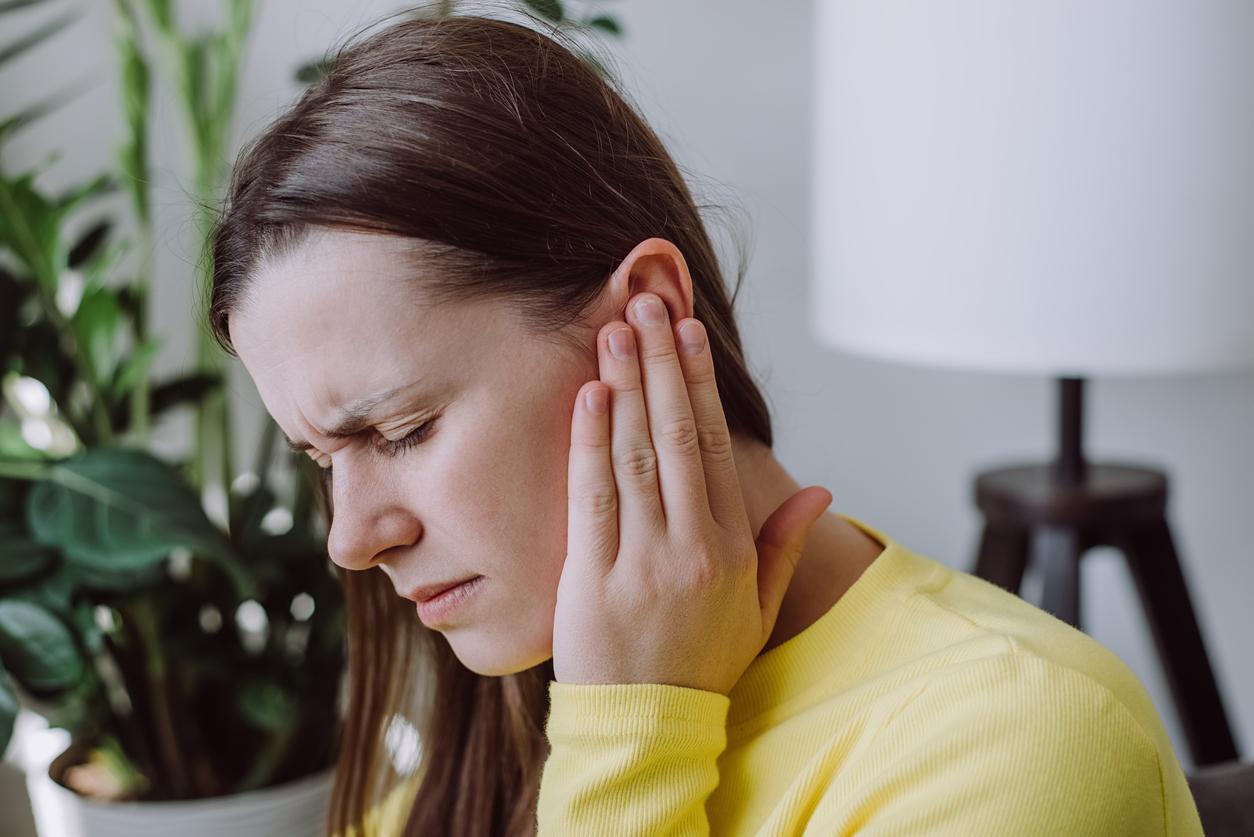
Prevent hearing loss
For an increasing number of Dutch people it is a good thing that they can read the information in this article and not have to listen to it. A growing number of people have impaired hearing: 1.6 million to be exact. It will come as no surprise that of the 25,000 that are added every year, it is mainly young people. Thanks to the mp3 player.
Maybe it’s doom and gloom, but there are researchers who expect that in about thirty years half of the population will be hard of hearing, hearing impaired or just deaf is. The main causes: incorrect use of headphones or earplugs or simply too high a volume on the MP3 player. But being exposed to too much noise at work or when going out can also lead to problems with to belong.
Causes
Temporary or permanent hearing loss has various causes. The main cause of temporary hearing loss is when there are problems with the outer ear. Examples are a hole in the eardrum, a build-up of earwax or a infection. A doctor can usually help with these problems and solve the problems. With damage to the inner ear, it’s a completely different story. You often automatically incur this damage as you get older, but it also occurs in people who are (often) exposed to loud noise. And there is no doctor who can do anything about this.
cilia
Simply put, an ear works as follows: sound is received as vibrations in the air by the ear auricle. These vibrations are conducted via the ear canal to the eardrum, which sends everything back to the eardrum snail shell in the inner ear. There, cilia cells convert the vibrations into a signal to the brain, where everything is converted into the sound we hear.
The cilia cells play a crucial role in all of this. If sound comes through too loud, they can become overloaded. Then they should recover in peace. If the loud noise lasts too long and they don’t get a rest, the cilia cells die. To never grow back. So people who are often exposed to too much noise become deaf little by little. It makes hearing impaired a silent killer.
Decibel
The question is what our ears can handle. Sound is measured in decibels (dB). Roughly speaking, prolonged exposure to sounds above 80 decibels can already lead to hearing damage, although this is usually not immediately noticeable. Sounds above 120 decibels lead directly to permanent damage. But which activity produces how many decibels? An overview:
• A falling leaf: 10 decibels
• Whisper: 30 decibels
• Bird twitter: 40 decibels
• Noises in an average residential area during the day: 50 decibels
• Conversation: 60 decibels
• Average quarrel: 70 decibels
• Airplane cabin: 80 decibels
• Standing along a highway: 80 decibels
• Screaming, mowing the lawn, drilling in a concrete wall: 90 decibels
• Motorcycling: 95 decibels
• Maximum volume of an MP3 player: 100 decibels (note: there are peaks to 130 decibels!)
• (too) close to a runway: 100 decibels
• Circular saw: 105 decibels
• Disco or rock concert: 110 decibels
• Pneumatic hammer: 120 decibels
• Low flying aircraft: 120 decibels
• Gunshot: 140 decibels
Solutions
The prevention of hearing damage can easily be solved with common sense: do not use a pneumatic hammer without hearing protection and do not stand at the front of a concert without Earbuds. Earplugs come in all shapes and sizes and they filter out different parts of sound. Opticians, hearing care professionals and audio stores sell or custom make them.
Do you want to shut yourself off from ambient noise when listening to music on your mobile? Then use headphones instead of earplugs. Then you don’t have to turn up the volume so loud. Do you work in a noisy environment? Have your regularly hearing test. The costs are for your employer. But the best tip: enjoy silence more often. The hair cells in your cochlea will thank you for it.
Sources):

















